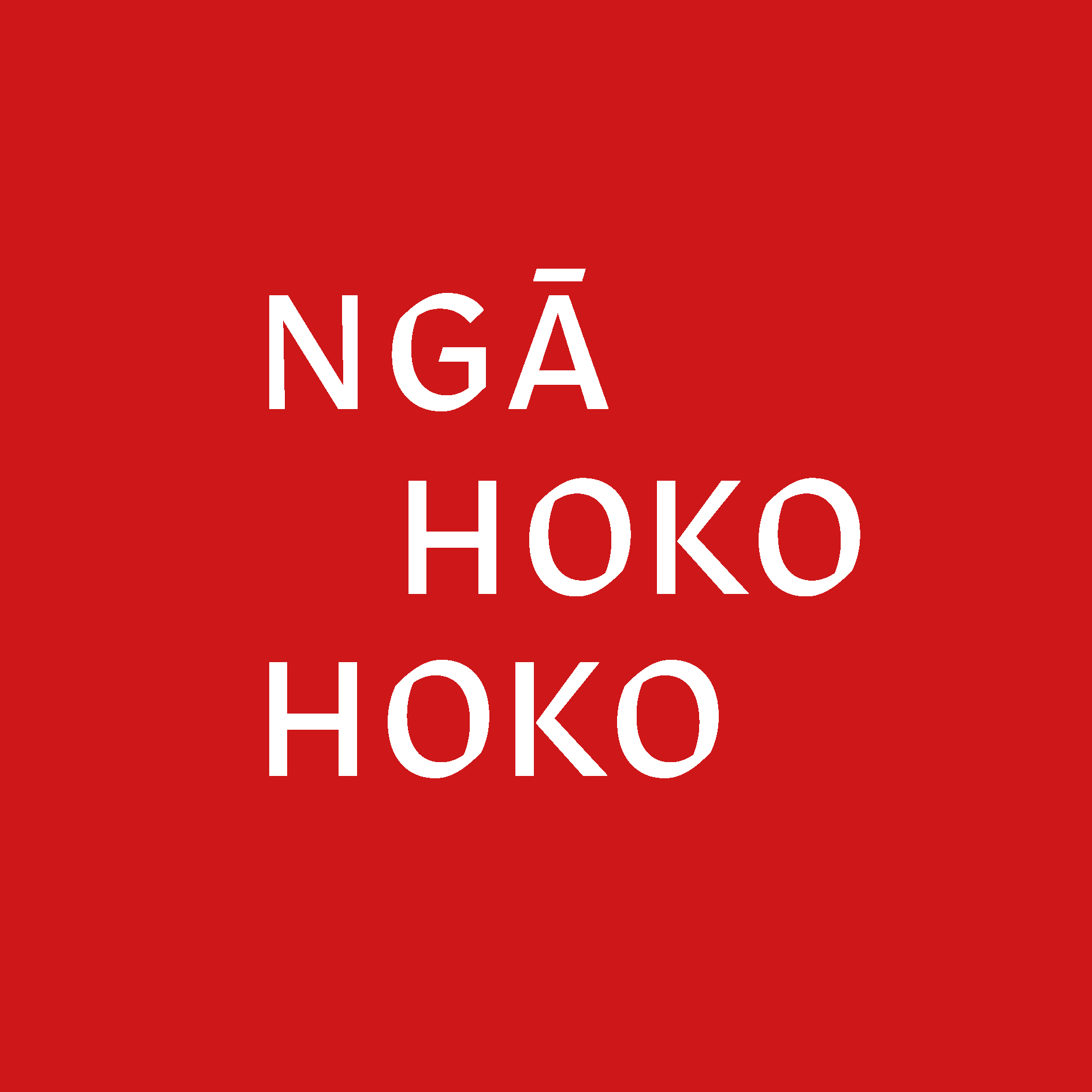
An excerpt from the Ngā Hokohoko exhibition publication by Gina Matchitt, Blumhardt/Creative New Zealand Curatorial Intern.
The exhibition Ngā Hokohoko explores the kaupapa of hokohoko—exchange, trade, barter—within the contemporary jewellery community in Aotearoa. It proposes hokohoko as a framework for bicultural dynamics and features the work of Pauline Bern, Matthew McIntyre-Wilson (Taranaki, Ngā Māhanga and Titahi), Neke Moa (Ngāti Kahungunu, Kāi Tahu, Ngāti Porou, Tūwharetoa), Alan Preston, Joe Sheehan and Areta Wilkinson (Kāi Tahu, Kāti Mamoe, Waitaha). As seen through the practice of several of the most innovative jewellers from the past 40 years, Ngā Hokohoko charts connections and contrasts in materials and pivotal influences such as mātauranga Māori and Pasifika adornment.
Ngā Hokohoko embodies this kaupapa, from Wilkinson’s luxurious gold Hine-Āhua and Huiarei (2013) to Preston’s Pāua Chain (1994), and demonstrates how we have shared ideas, materials and techniques. Māori makers such as Wilkinson and McIntyre-Wilson both explore mātauranga Māori through precious metals, like gold and silver, rather than customary Māori materials such as pounamu and bone. These makers communicate their whakapapa by engaging in knowledge and processes grounded in Te Ao Māori, strengthening connections to past makers, tīpuna, known and unknown.
In contrast, Preston and Bern articulate their love of making through natural materials such as shell, native seeds, found objects and fibre, with silver and gold accents, to communicate their cultural location in Aotearoa. Moa and Sheehan both centre on pounamu, however their practices emerge from divergent perspectives. Exhibiting the work of these six artists together activates a conversation. Ngā Hokohoko presents an essential, nuanced understanding of indigenous materials and practice, reflected in the work of Māori and Pākehā makers.